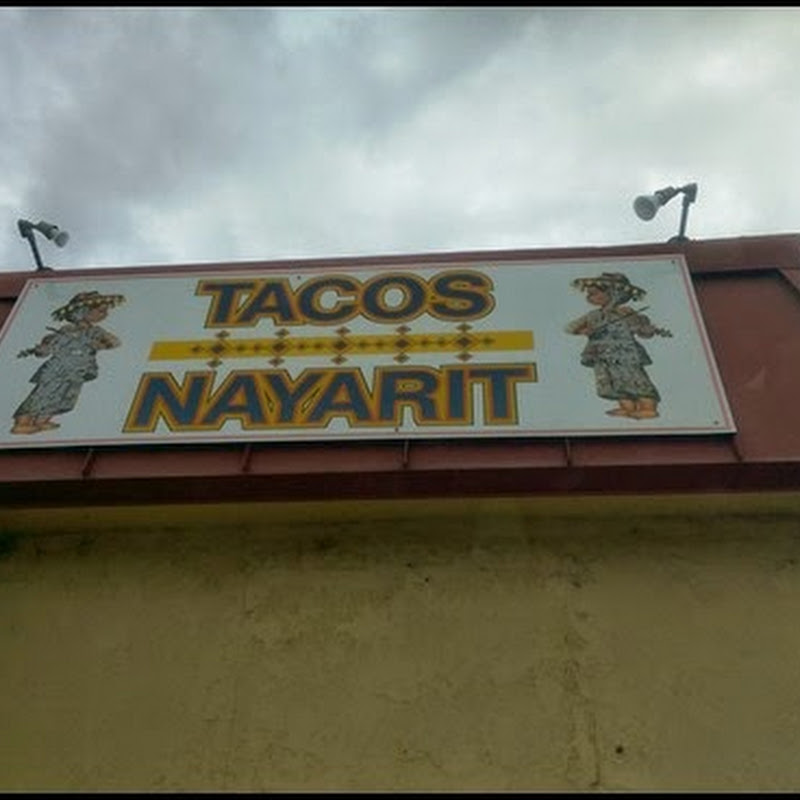 1970 was the year of riots in Southern California. The sentiment against the war in Viet Nam was growing exponentially, and the CHP had already been heavily involved with restoring order at the Isla Vista Riots near Santa Barbara. Most of the disorder and demonstrations were directly related to the anti war feeling in the country. My involvement in the Isla Vista riots are chronicled in the Feb 9 Blog Post.
1970 was the year of riots in Southern California. The sentiment against the war in Viet Nam was growing exponentially, and the CHP had already been heavily involved with restoring order at the Isla Vista Riots near Santa Barbara. Most of the disorder and demonstrations were directly related to the anti war feeling in the country. My involvement in the Isla Vista riots are chronicled in the Feb 9 Blog Post.In late Aug 1970, just a few months after the turmoil at the University of California at Santa Barbara, I found myself in the middle of more riots, much closer to where I lived and worked.
A parade, demonstration, and rally on Whittier Blvd. in the East Los Angeles area turned into several days of rioting.
It all started with a peaceful march of several thousand, mostly Latinos, up Whittier Blvd. to Laguna Park, where the rally was to climax. A liquor store near the park was overwhelmed, and people started walking out without paying. When Sheriff's Deputies began arresting the casual looters, rocks and bottles were thrown, and the riot was on.
A 20 block area along the Blvd. became a war zone, as looters and rioters battled the Police. Tear gas grenades were the primary weapon against the rioters, and unfortunately, a tear gas projectile that was fired into the Silver Dollar Bar, struck and killed a well known, militant Mexican-American Journalist. When the death of reporter Ruben Salazar became known, the riots intensified to the point where Los Angeles County called for help from the CHP.
I was working the swing shift, when the surrounding CHP Offices began sending reinforcements into the East L.A. area. The Baldwin Park Office where I was assigned, was only a few miles to the northeast of the riots, so our response was relatively quick. I paired up with another Officer, and we were assigned an intersection adjacent to Whittier Blvd. The CHP's role was to secure the perimeter, so that the Sheriff's Deputies could handle the other problems. When we arrived , the fire department was just starting to get into the area, and get control of the many fires that had been intentionally set. The area looked like a war zone, and there were occasional gun shots, that except for a general area, we had no idea who, or what they were directed toward. Our contact with the rioters was relatively small, but I remember the anger was intense, and anybody wearing a uniform became the focus of that anger. We had several confrontations with individuals who wanted to pass our checkpoint, but nothing turned violent, just lots of angry words.
With the arrival of the early morning hours, the violence had subsided considerably, and our job of keeping people out of the area had become fairly routine. Many of us were sent back on successive days, but with the deployment of approx. 1,200 Deputies, the riots were pretty much contained to that first night.
The direct involvement with 2 large riots, within a few months of each other in 1970, had me wondering if my chosen career in traffic law enforcement was being partially hijacked. The need to assist in peace keeping, at mostly anti Viet Nam war gatherings, was beginning to look like a necessary part of the job.




No comments:
Post a Comment